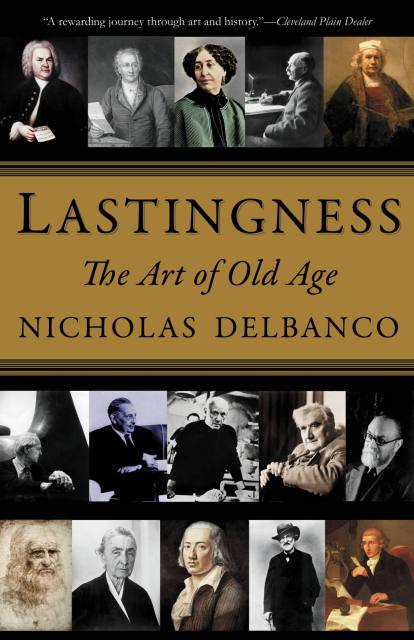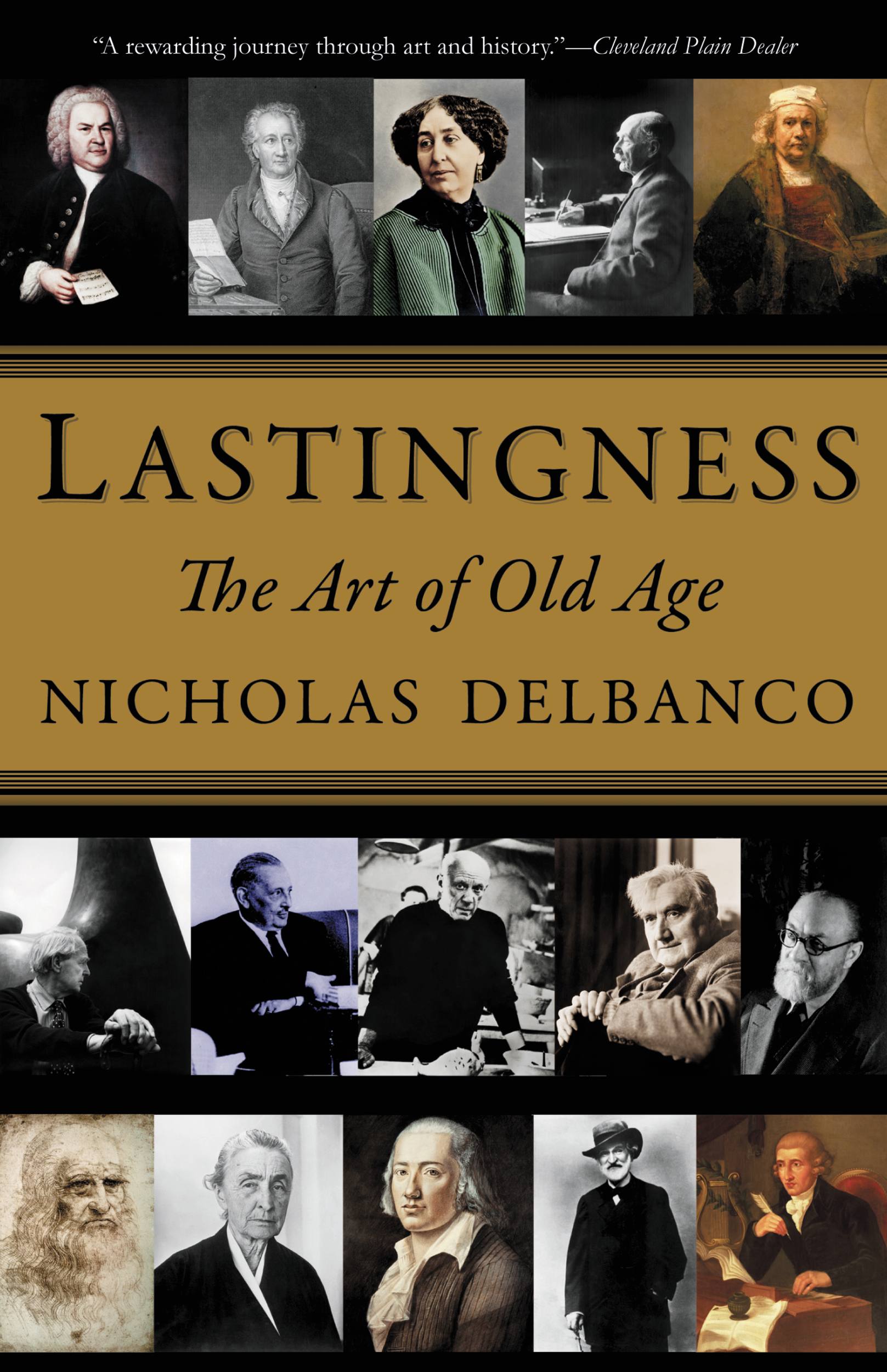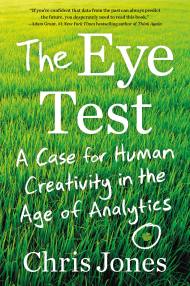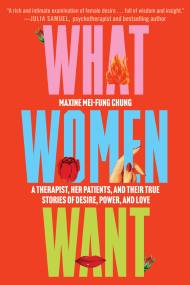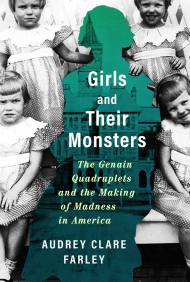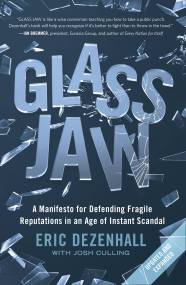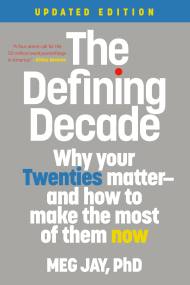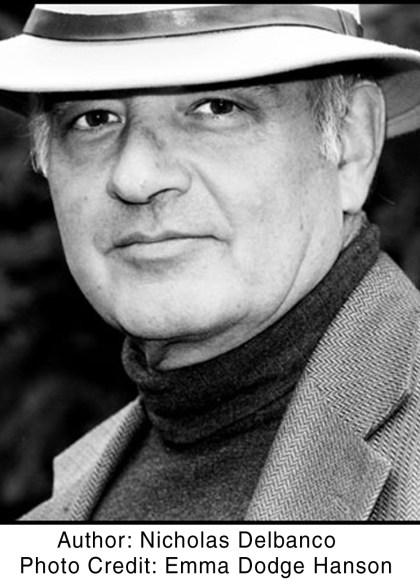Promotion
Use code MOM24 for 20% off site wide + free shipping over $45
Lastingness
The Art of Old Age
Contributors
Formats and Prices
Price
$9.99Price
$12.99 CADFormat
Format:
- ebook $9.99 $12.99 CAD
- Trade Paperback $21.99 $28.99 CAD
This item is a preorder. Your payment method will be charged immediately, and the product is expected to ship on or around January 24, 2011. This date is subject to change due to shipping delays beyond our control.
Also available from:
In Lastingness, Nicholas Delbanco, one of America’s most celebrated men of letters, profiles great geniuses in the fields of visual art, literature, and music-Monet, Verdi, O’Keeffe, Yeats, among others – searching for the answers to why some artists’ work diminishes with age, while others’ reaches its peak. Both an intellectual inquiry into the essence of aging and creativity and a personal journey of discovery, this is a brilliant exploration of what determines what one needs to do to keep the habits of creation and achievement alive.
Genre:
- On Sale
- Jan 24, 2011
- Page Count
- 272 pages
- Publisher
- Grand Central Publishing
- ISBN-13
- 9780446574655
Newsletter Signup
By clicking ‘Sign Up,’ I acknowledge that I have read and agree to Hachette Book Group’s Privacy Policy and Terms of Use
